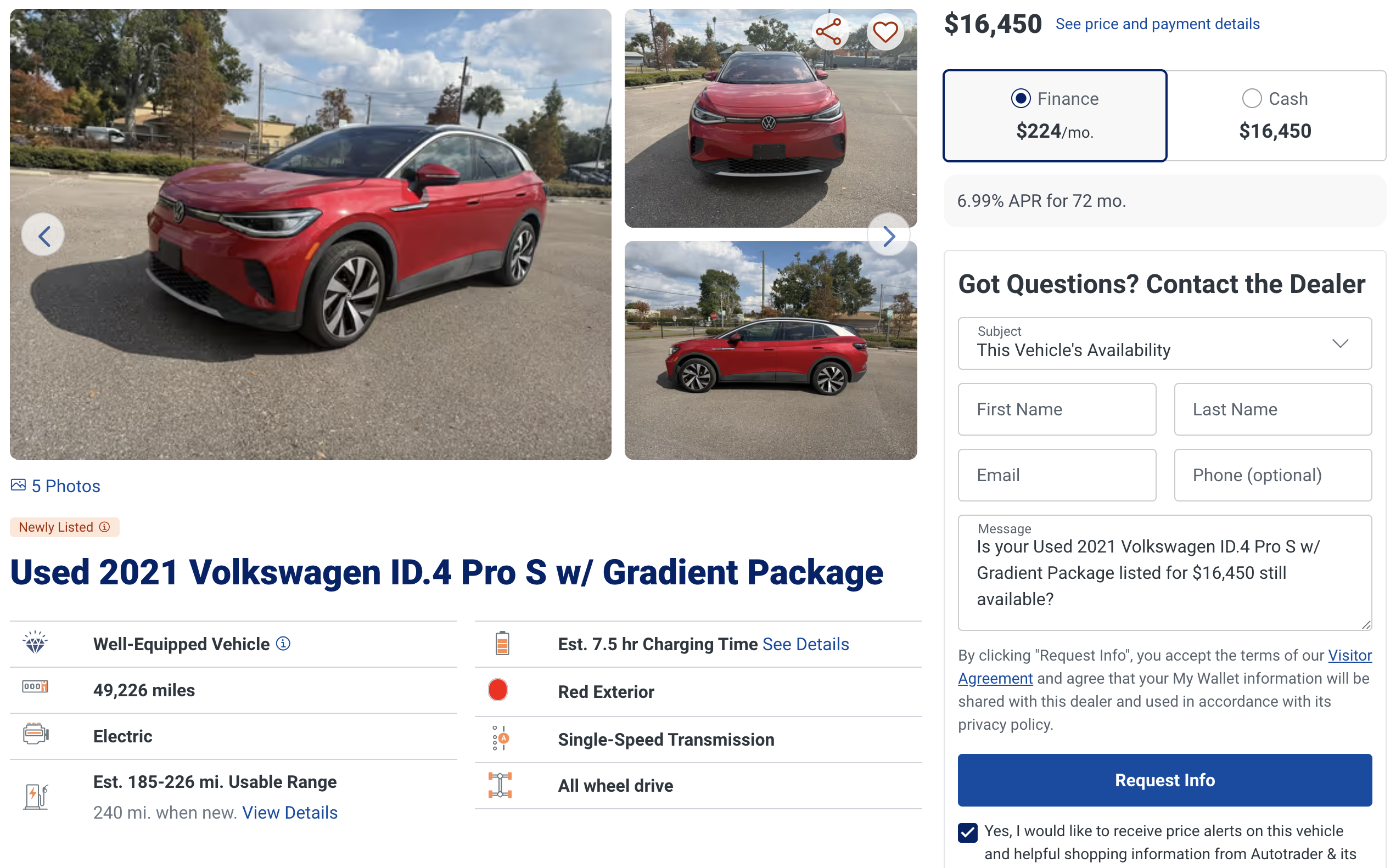Sign up for daily news updates from CleanTechnica on email. Or follow us on Google News!
The US is in the midst of a manufacturing revival like the country has never seen. A strong portfolio of policies from the Inflation Reduction Act of 2022, the CHIPS and Science Act of 2022 (CHIPS), and the Bipartisan Infrastructure Law has stimulated a huge manufacturing boom related to electric vehicles, EV chargers, batteries, solar panels, and computer chips. But the Inflation Reduction Act (IRA) and CHIPS act are gifts that keep on giving.
The latest news is that more of the solar industry supply chain is going to be stimulated in the US. Yesterday, the US Department of the Treasury provided confirmation that solar ingot and solar wafer production facilities and equipment do indeed qualify for the Section 48D 25% investment tax credit (ITC) — due to the finalized rules for the CHIPS and Science Act of 2022 (CHIPS).
This is going to stimulate more investment up the solar supply chain in the United States. Also note that there is no solar ingot and solar wafer production happening in the US today. This policy is aimed at stimulating the creation of entire segments of the solar industry in the United States instead of relying on imports for all of these components.
Before we get into more details, let’s just note that this kind of thing didn’t happen in the Trump era. Donald Trump’s White House got almost no legislation passed, even when Republicans controlled the House and Senate. The big piece of legislation they passed was a massive cut in taxes for the super wealthy — billionaires and giant corporations. This skyrocketed US debt, which is something Republicans are only concerned about when Democrats are in control of the government and which Republicans consistently skyrocket rather than reduce. No legislation was passed to stimulate manufacturing in the US, no infrastructure bill was passed to rebuild aging, decrepit infrastructure in the US. These are things Joe Biden and Kamala Harris came in and took care of, and they are providing a strong, deep boost to the US economy as a result. Your vote matters. Who is in charge of running our country matters. Some policymakers get things done for the working class, middle class, and overall economy. Others get things done for their exclusive penthouse suite friends in the 0.01% bracket of the richest Americans and non-Americans. Political marketing and rhetoric is one thing, but policies for the people are another thing.
Getting back to the news, the Solar Energy Industries Association (SEIA) writes: “Treasury’s final rules confirm that Section 48D applies to advanced manufacturing facilities and equipment that produce semiconductors, including the slicing, etching, and bonding of the semiconductor-grade polysilicon used in photovoltaics (PV) modules.”
Facilities must begin construction before 2027, so expect a big surge in these production facilities going into construction next year and even more so in 2026 — presuming Donald Trump doesn’t win the election and find a way to cancel this.
Also, the Section 48D investment tax credit is not exclusive — companies can also qualify for other tax credits.
To end, here are some statements from Abigail Ross Hopper, president and CEO of SEIA, regarding the new, finalized rules:
“Treasury’s final rules will create new opportunities for solar manufacturers and encourage the upstream development of the solar supply chain.
“Supply chain accessibility and security remains one of our biggest challenges in the U.S. solar and storage industry. While the United States is a global leader in module manufacturing, we don’t have any ingot and wafer facilities in operation yet, representing a critical gap in the solar supply chain.
“For the last two years, SEIA has been urging the administration to use all of the tools at its disposal to support ingot and wafer production. We commend Treasury for taking a thoughtful approach to industrial policy, helping to revitalize our communities with great-paying manufacturing jobs and boost our energy independence. This is a win-win for businesses and our economy and will continue the manufacturing renaissance in America for years to come.
“We look forward to working with the solar and storage industry to build out our supply chain and realize the full potential of this new incentive.”
It’s interesting to note that she said they’ve been pushing for progress on this for the past two years. I don’t wonder why they weren’t pushing for it earlier — because it was clearly not going to come from a Trump administration.
Chip in a few dollars a month to help support independent cleantech coverage that helps to accelerate the cleantech revolution!
Have a tip for CleanTechnica? Want to advertise? Want to suggest a guest for our CleanTech Talk podcast? Contact us here.
Sign up for our daily newsletter for 15 new cleantech stories a day. Or sign up for our weekly one if daily is too frequent.
CleanTechnica uses affiliate links. See our policy here.
CleanTechnica’s Comment Policy




